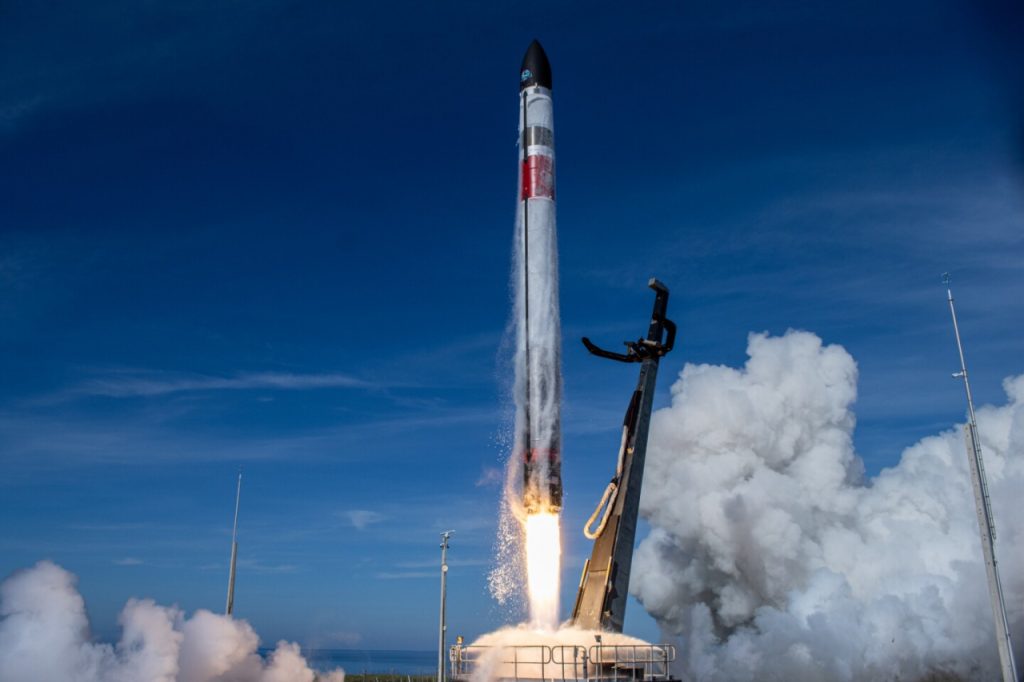A few days ago, we wrote about the ambitious plans of the Rocket Lab, whose representatives intended to intercept a missile falling from space using a helicopter. Now we know the scenes behind these events.
The long-term goal of such projects is the use of reusable rockets in carrying out space missions. This would reduce their costs by facilitating flights. In this case, the first stage of the Electron missile was successfully intercepted. However, not everything went as planned by the engineers of the expedition. The missile hit the ocean with relative speed.
The idea of the Rocket Lab dates back to 2019, although the idea of intercepting missiles is much older. In 2020, the same company successfully used a helicopter to capture a replica of the first stage of the Electron rocket over the open ocean, and also conducted research on the possibility of recovering elements from the ocean. In addition to the helicopter itself, parachutes also play an important role in such missions, which allows to reduce the speed of the payload.
There and back, or a brief history of the flight of the electron rocket
The last stage of the mission is called There and back again (Ang. there and back) with the 26th launch of the Electron missile and the first-ever attempt to intercept such an object in the air using a helicopter. The Sikorsky S-92 was used in the implementation of the mission, which was equipped with a hook and was to remain in the designated area, where the appearance of a rocket falling from space was expected. He slowed at some point thanks to the opening of the parachute, which in turn opened the way for interception through the line and hook.
Before that could happen, the Electron rocket launched 34 satellites into orbit. After separating the two stages and using the reaction control system to change direction to re-enter the atmosphere and withstand the harsh conditions of flight, the helicopter went into action. A slowly falling load was captured at an altitude of 1980 metres. Then, earlier than expected, the pilot had to launch the missile, which fell into the ocean.
Midway mission success and good prospects for the future
This was due to the occurrence of loads different from those observed during previous tests. So the rescue ship captured the missile. It was transferred to the Rocket Lab production plant, where the analyzes will be carried out. Thanks to them, engineers will be able to determine exactly how the mission went and how Electron reacted to the difficulties of flight and interception maneuverability. Rocket Lab CEO Peter Beck has compared the achievements of his colleagues to … the supersonic ballet.





More Stories
Nvidia GeForce RTX 4090: AIDA64 gets Ada spearhead support
Rogue Trader – Details about the first cRPG in the series – CD-Action
t3n – Digital Pioneers | digital business magazine